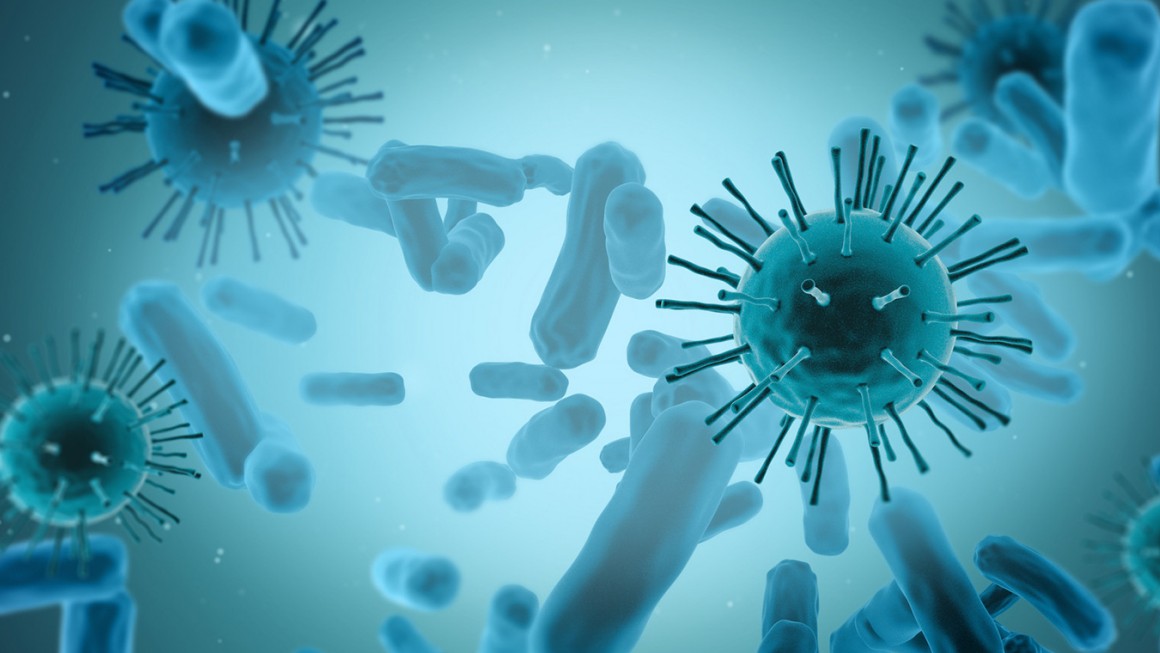Due to the specific upconverting luminescence using near infrared light to stimulate photosensitizers (PSs), upconversion nanoparticles (UCNPs) are widely used for photodynamic therapy (PDT). Once the cancer targeting property of the nanomedicines is improved, the efficiency of the UCNP-based PDT will also be enhanced. The researchers utilized pH low insertion peptide (pHLIP), a cancer-targeting section, to functionalize an 808 nm stimulated UCNP-based nanoplatform. The platform has a minimum over-heating effect to carry out PDT.
By delivering cargo specifically to cancer cells under an acidic environment, pHLP will have the effective active-targeting ability to cancer cells or tumor due to acidosis. The nanoplatform has the efficient NIR-irradiated PDT effect in cancer cells, especially under a slight acidic environment which is similar to the tumor environment. Being attributed to the targeting property of pHLP to cancer cells under acidic environment, such efficiency makes for the entry of the nanoplatform.
In addition, pHLP-functionalized nanoplatform is safe to the mice wwith a high maximum tolerated dose (MTD), which might expand the availability of administration in vivo. Through intratumor injection of the nanoplatform by NIR irradiation on the breast tumor, the effective in vivo antitumor activity can be achieved. The nanoparticles are accumulated in the tumor, showing the excellenr tumor-targeting property of the pHLP-functionalized nanoplatform to ensure the efficient PDT in vivo. Furthermore, the nanoparticles are stable in vivo as they can be stayed in the bloodstream in a long period.
In a word, the UCNP-based nanoplatform with tumor-targeting properties is capable of performing PDT in vivo and in vitro efficiently.




